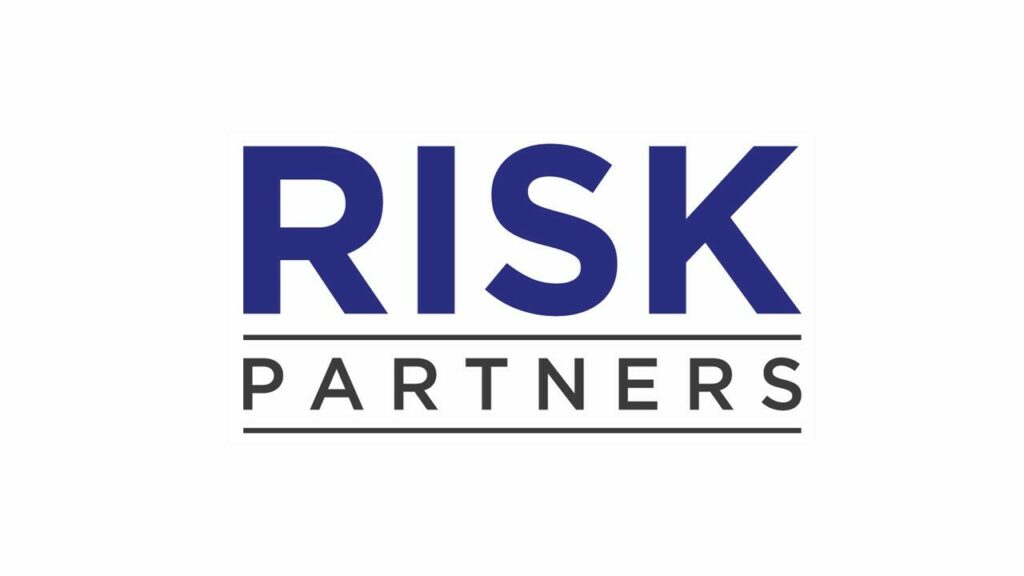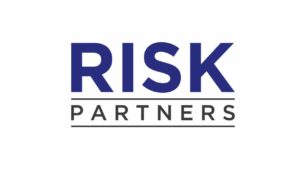The future of Financial Crime presents a complex and evolving landscape, shaped by technological advancements and shifting regulatory frameworks.
Whilst it is challenging to predict with certainty, several key trends are likely to shape Financial Crime in the coming years. So, what are the trends?
Cybercrime and Technological Innovation: As banks and financial institutions embrace digital transformation, cybercriminals are finding new opportunities to exploit vulnerabilities in digital systems. Advanced cyber-attacks, including ransomware, phishing scams, and data breaches, are expected to increase. We have seen emerging technologies such AI, blockchain, and cryptocurrency present both opportunities and challenges for combating Financial Crime.
Cross-Border Threats: The interconnected nature of the global financial system facilitates cross-border Financial Crime, including money laundering, terrorist financing, and sanctions evasion. Criminal networks operate seamlessly across jurisdictions, exploiting regulatory gaps and jurisdictional differences to evade detection and prosecution.
Regulatory Scrutiny and Compliance Challenges: Regulatory scrutiny of financial institutions is expected to intensify in response to emerging risks and evolving regulatory standards. Regulators are imposing tighter requirements on banks and other financial firms to enhance transparency, accountability, and Compliance with AML and KYC regulations. Compliance costs are likely to rise as banks invest in enhanced AML/KYC controls, technology infrastructure, and staff training to meet regulatory expectations.
Environmental, Social, and Governance (ESG): Environmental, social, and governance (ESG) factors are gaining prominence in the financial industry, driven by investor demand for sustainable and responsible investment practices. Financial institutions are under pressure to assess and mitigate ESG-related risks, including money laundering, corruption, human rights abuses, and environmental crimes. As ESG considerations become integral to risk management and investment decision-making, banks must incorporate ESG criteria into their AML/KYC processes and due diligence procedures to identify and address emerging risks associated with unsustainable or unethical business practices.
Summary: The future of financial crime is going to be led by technological innovation, regulatory scrutiny, and evolving risk landscapes. Banks and financial institutions must remain vigilant, adaptive, and proactive in combating Financial Crime, leveraging advanced technology, collaboration with regulators and law enforcement agencies, and a commitment to ethical conduct and Compliance to safeguard the integrity and stability of the global financial system.
Looking to speak with a Financial Crime specialist? Please get in contact with Taylor Catton at taylor@theriskpartners.com










